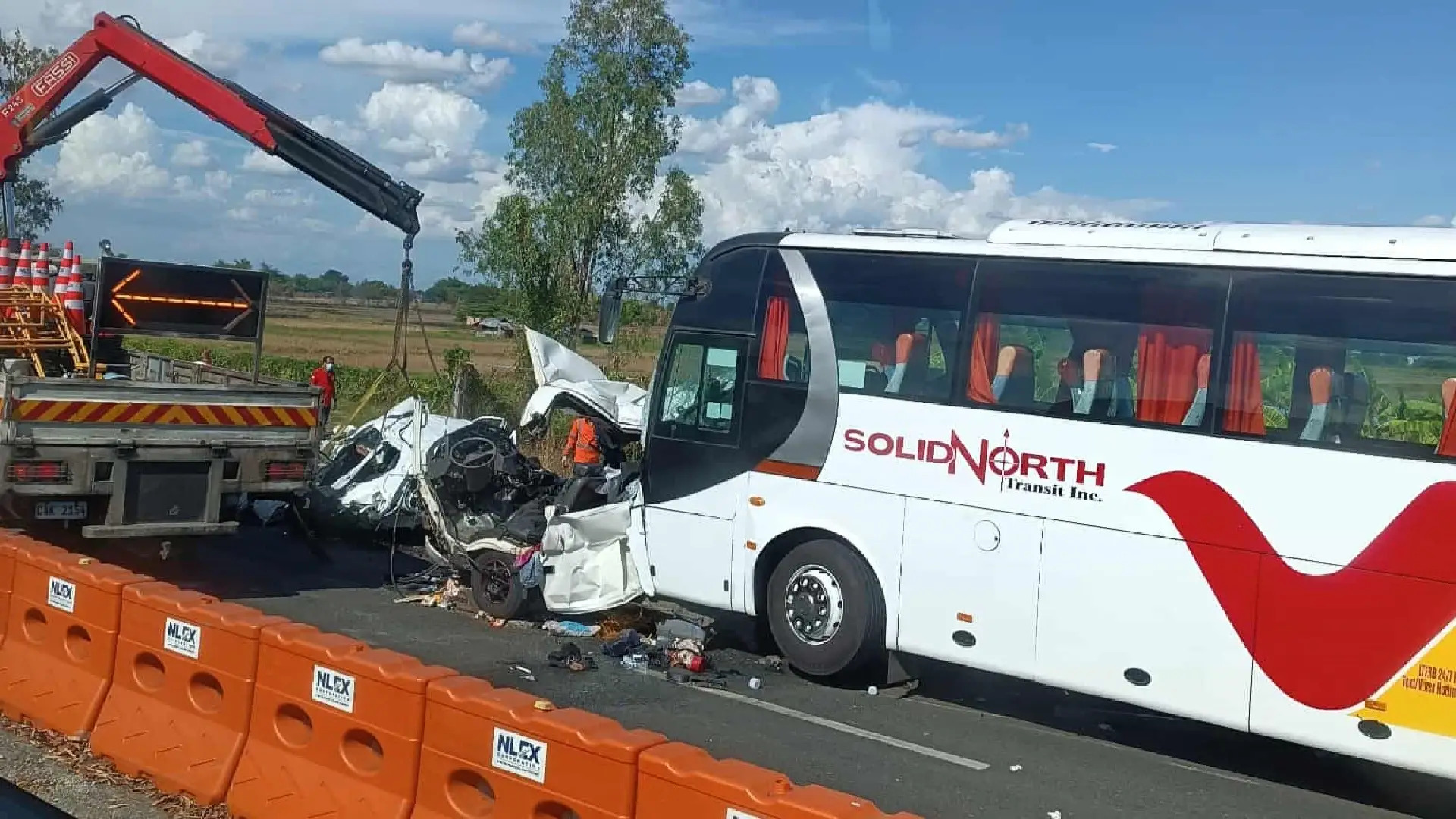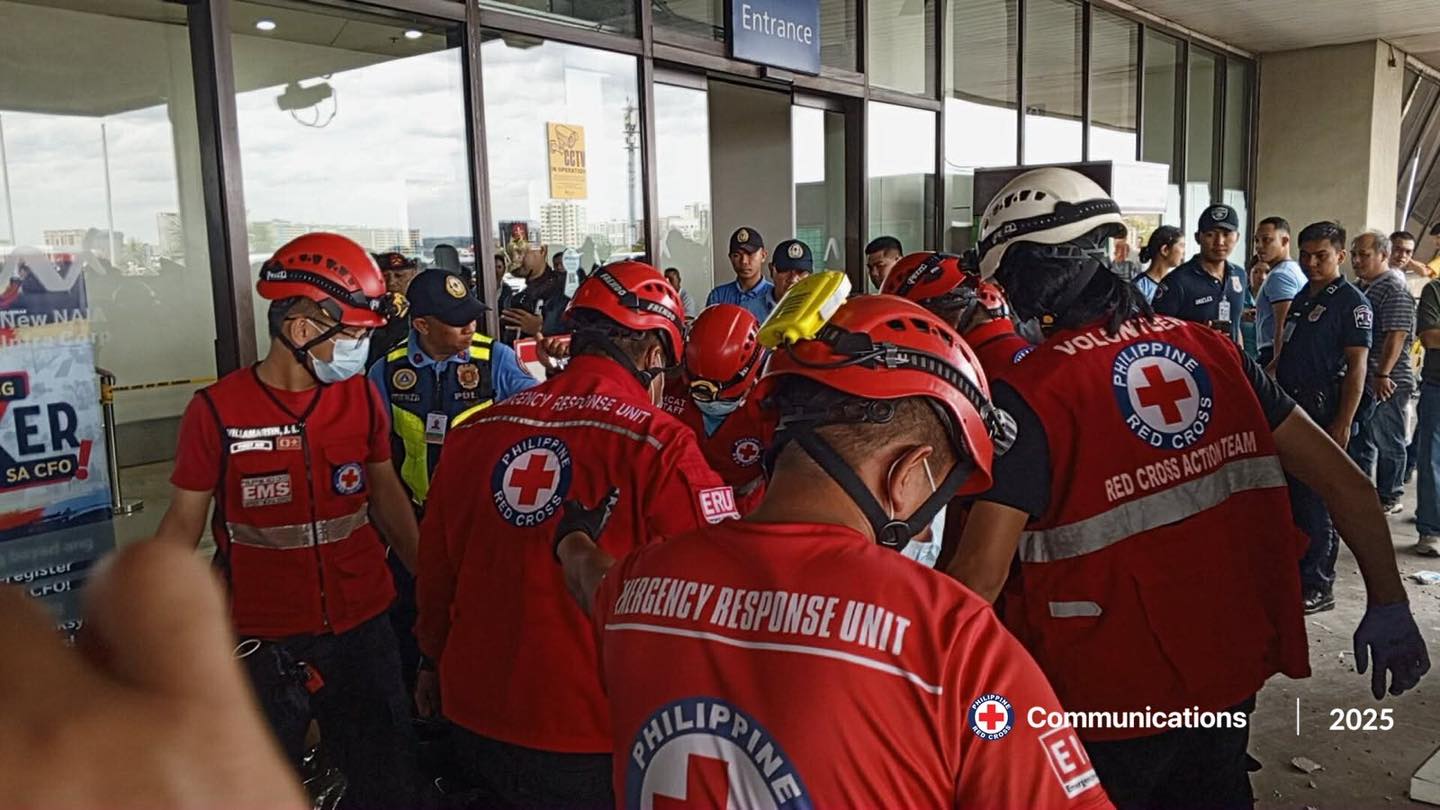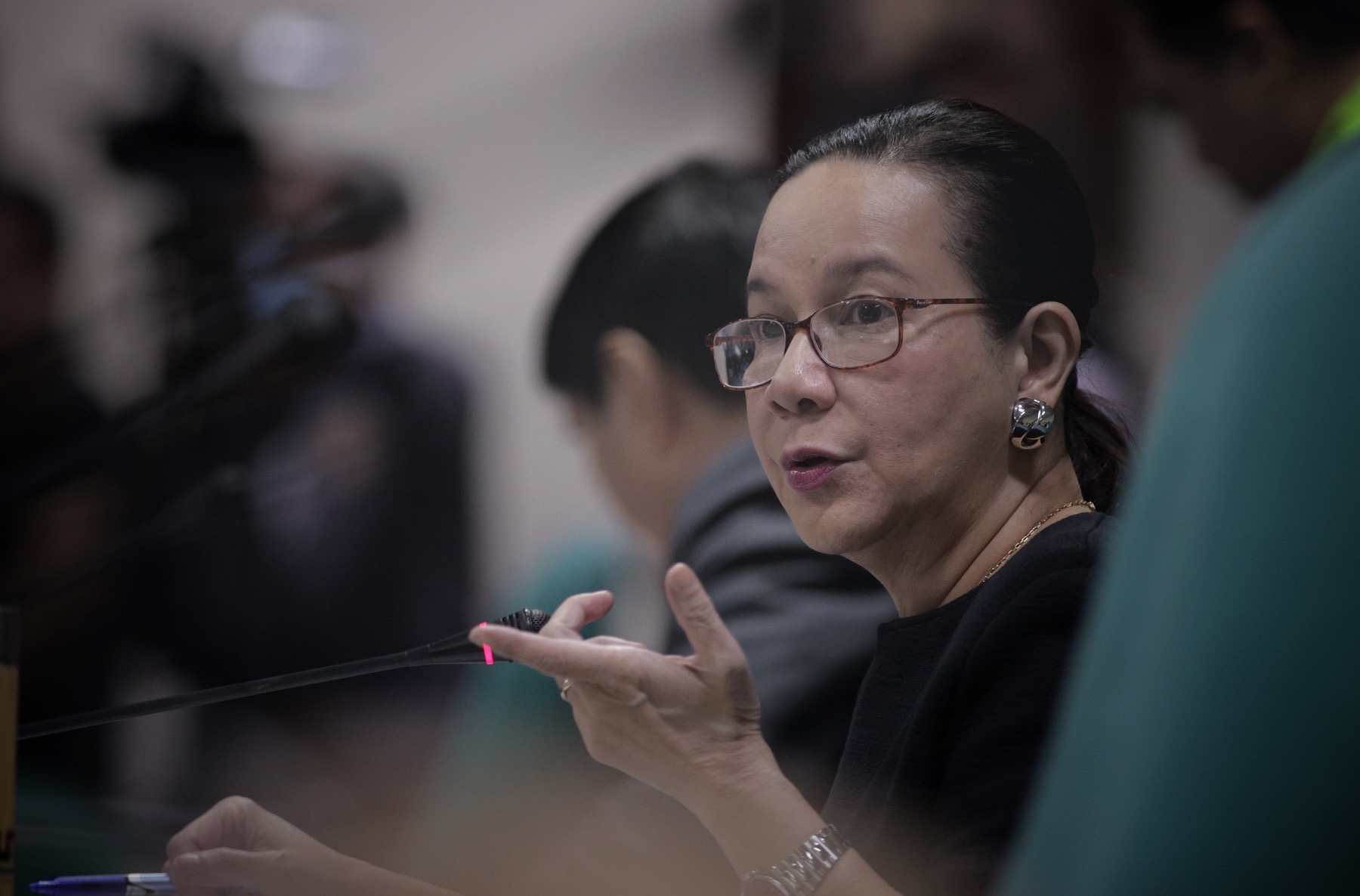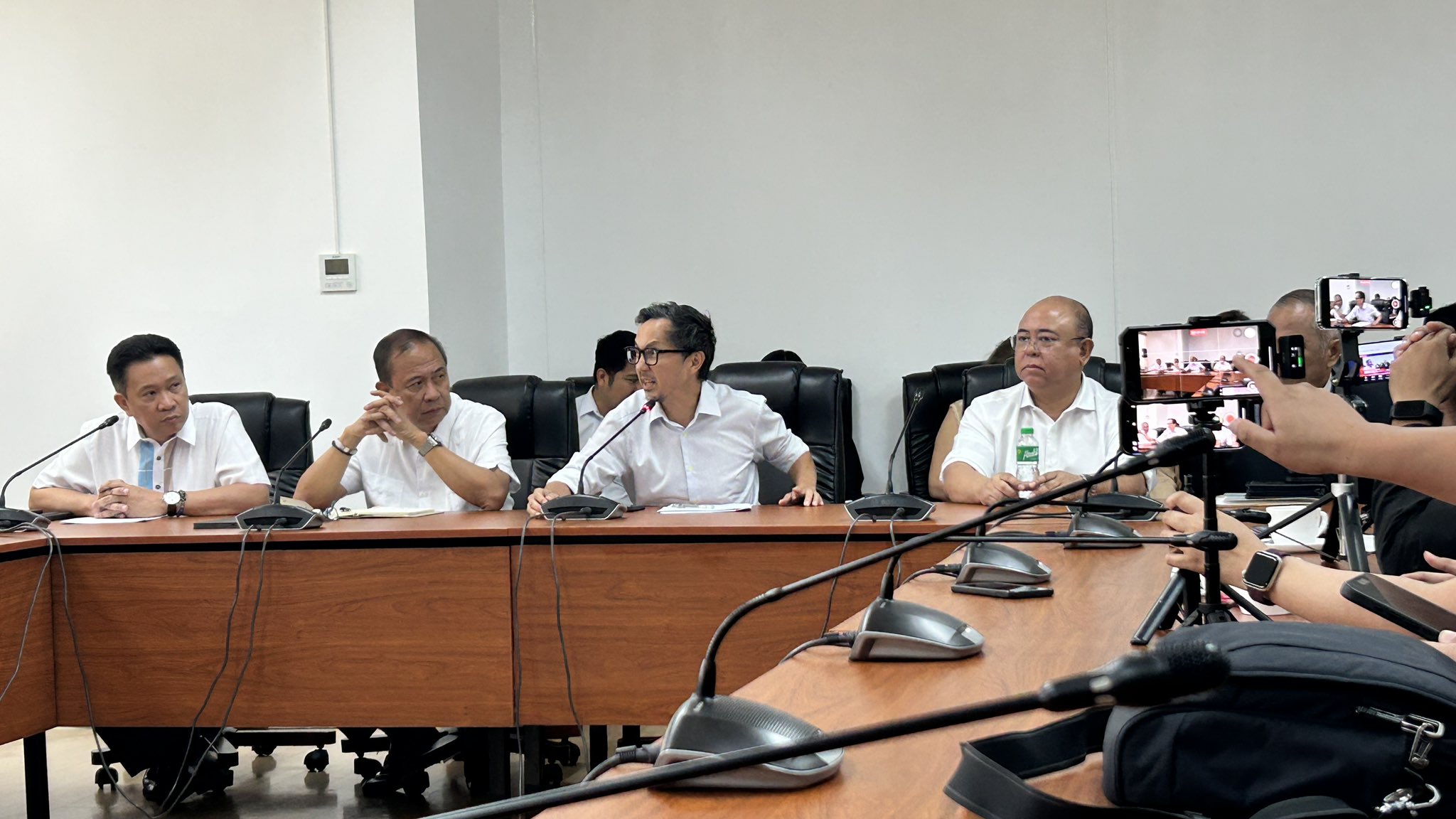The Philippines is facing a growing crisis on its roads. Over the past week alone, several major vehicular accidents have resulted in multiple fatalities and injuries, raising public alarm over the state of traffic safety in the country. The string of tragic incidents has prompted renewed calls for stricter enforcement of traffic regulations, driver accountability, and comprehensive safety reforms.

On May 1, 2025, a horrific multi-vehicle crash occurred on the northbound lane of the Subic-Clark-Tarlac Expressway (SCTEX) in Tarlac City. Ten people lost their lives, and 37 others were injured when a passenger bus collided with a stationary SUV at the toll plaza. The impact triggered a chain reaction involving several other vehicles, including three SUVs and a container truck. The incident, which happened on Labor Day—a time of heavy travel—highlighted the dangers of drowsy driving and poor traffic management at choke points like toll areas.

Just days later, on May 4, a black SUV suddenly accelerated and crashed into the entrance walkway of the departure area at Ninoy Aquino International Airport (NAIA) Terminal 1. The vehicle had just dropped off passengers when it lurched forward uncontrollably, smashing through the outer railings. The impact killed a five-year-old girl and a 29-year-old man, and injured multiple others. Authorities have ruled out foul play, suggesting the crash was likely unintentional, but the tragedy underscores the importance of careful driver conduct, even in areas presumed safe.
These back-to-back events follow a grim pattern. Road crash data from the Philippine National Police-Highway Patrol Group (PNP-HPG) shows a staggering 35% increase in traffic fatalities in 2024 compared to the previous year. With over 2,700 lives lost, the majority of these deaths have been attributed to reckless driving, mechanical failures, and driver fatigue.

In response to the crisis, lawmakers and officials are calling for urgent reforms. Senator Grace Poe recently stressed the need for the Land Transportation Office (LTO) to strictly enforce rules on driver’s license issuance. “Road safety depends on qualified, skilled, and law-abiding drivers. They are the only ones who should possess the license to drive,” she said. Poe noted that the recent spate of fatal accidents should serve as a wake-up call for the government to prioritize competence and accountability in driver licensing procedures.
Government agencies have already rolled out some measures. The Department of Transportation, in partnership with the World Health Organization, has introduced the Philippine Road Safety Action Plan 2023–2028, which aims to reduce traffic-related deaths by 35% over five years. It focuses on five key pillars: better road safety management, safer infrastructure, vehicle standards, responsible road use, and improved emergency response.

Additionally, the Metro Manila Road Safety Action Plan (MMRSAP) 2024–2028 aims to reduce road fatalities within the capital region through inter-agency collaboration, improved urban planning, and public education campaigns.
However, experts and advocates say these plans must be backed by consistent enforcement and public cooperation. Infrastructure improvements, such as clearer signage, better lighting, and regular maintenance, are crucial. Equally important are stricter vehicle inspections and tougher penalties for violations like speeding and distracted driving. Comprehensive driver education, starting with proper training and extending to refresher courses, can also make a significant difference.
Finally, strengthening the emergency response system—by ensuring ambulances and rescue units are well-equipped and strategically stationed—can mean the difference between life and death for crash victims.
As the country mourns the latest victims, these tragedies must not be allowed to fade into statistics. The road safety crisis in the Philippines demands immediate, united action. Ensuring that every driver is properly trained and every road is safe is not just a government responsibility—it’s a national imperative.







